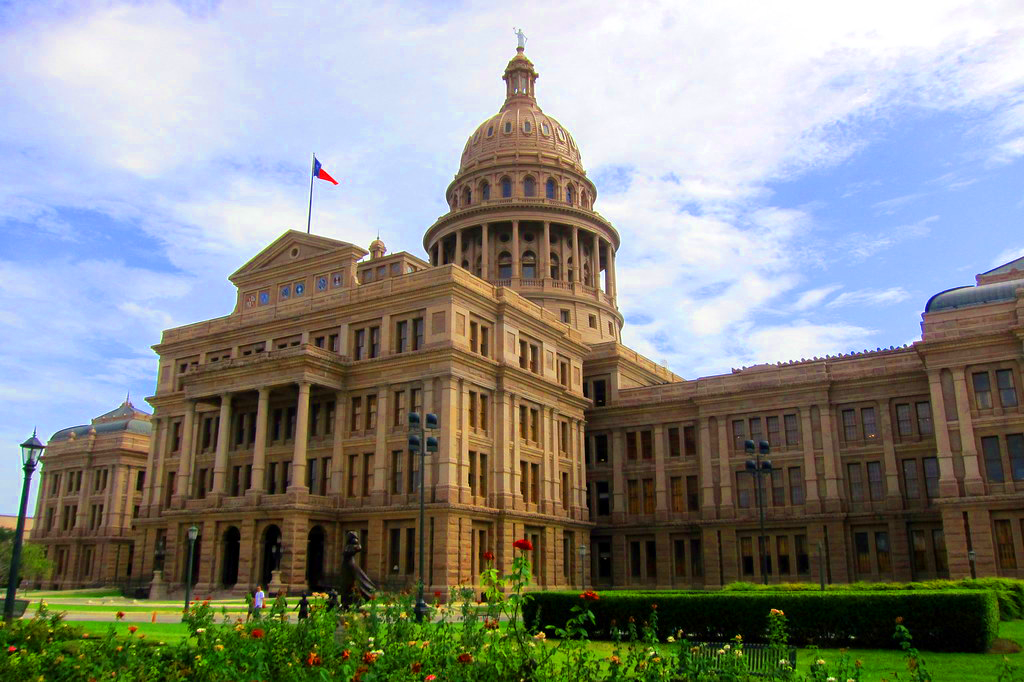An attack on democracy or just changes to our beloved state? What changes have been already implemented, and how has Texas reacted?
To fully understand how the TEA has been operating, we need to understand the opinions teachers and staff have of the TEA. These reactions have been the highlights of the changes. The controversy and that discussion branches from educators’opinions. Commissioner of the TEA Mike Morath, stated “There’s been a steady shift away from relying on property taxes to fund public education and to state revenues to fund public education.” Morath continued to describe funding, “We’re below the average mark. But what I also say is that the funding comparisons are a bit complex,” these statements give us a sneak peak into the future of school funding, implying less tax money toward our public schools.
Another technicality is the unregulated distribution of money. Mismanagement struck down on Houston Independent School District (HISD); staff were denied previously promised raises, while HISD’s superintendent, Mike Miles, had his salary raised. Houston Public Media gave us the numbers, “which increases Miles’ annual salary from $380,000 to $462,000,” an 82,000 dollar salary increase. Fox26 Houston expressed how Miles went about handling funds, “The litigants say Miles and the board have mismanaged state funds by approving a new compensation plan for the 2025-26 school year that does not include the teacher retention allotment raises promised in House Bill 2, the multi-billion-dollar public school funding package signed into law this Texas session.” Houston Public Media tells us this action was “less than a month after Texas Education Commissioner Mike Morath replaced four of the nine members on the board of managers.” Outrage from the press and educators soon followed after Miles’ pay bump. President of HFT Jackie Anderson helped sum up how teachers are feeling, explaining “The law is the law. No one, not even the governor’s right hand man in Houston ISD, is exempt from it. Mike Miles mismanaged Texas taxpayer dollars at his charter school network, and now he’s messing with teachers’ hard-earned salaries in Houston ISD.” HFT put a restraining order into motion until legalities are finalized.
The TEA has a list of standards for school districts which determine a school’s rating. Certain critics of these new standards see them as too rigorous and the reason for lower ratings for schools. In the article TEA releases delayed 2022-23 school accountability ratings by NBC5 News, the author states “School districts sued over the agency’s updated rating system, claiming it would take some ‘A’ schools and grade them with a ‘C.” These changes of these standards are being met with backlash. The author shined light on how, “Some superintendents argued the change was an attempt by the TEA to make schools look worse,” suggesting that these standards are purposely “too strict.”
Why is there speculation of the TEA wanting to worsen any public school’s image? Texas Politician Greg Abbott’s campaign included a program by the name of School Choice. Governor Abbott is quoted stating “When I ran for re-election in 2022, I promised Texans that we will bring education freedom to every Texas family.” He continued stating, “Today, Texas delivers on that promise.” A proud moment for Abbott. School Choice, in summary, means that “eligible students,” a term used in article Governor Abbott Signs Landmark School Choice Legislation Into Law by Office of Texas Governor, may receive funds toward an eligible private school of their choice, so they don’t have to attend the school they were assigned to by their district. As a result of the TEA, schools have been paying charter schools to have a “partnership” so that these public schools are no longer considered public. Greg Abbott’s influence over the TEA leads us to why this speculation occurs. Many citizens believe that the TEA is purposefully making public schools look worse, facilitating Texans to use school choice, in order to attend private schools instead of public schools. Due to Abbott’s view and goals with Texas education, as well as power over the TEA, there is speculation over Abbott making public schools look inferior to make school choice more favorable.
As we discuss changes seen in Texas, it is important to note the gerrymandering of Texas districts. What is gerrymandering anyway? Gerrymandering got its name from the Boston Weekly Messenger. In Massachusetts year 1812, the Democratic-Republican party called for a re-districting of Massachusetts’ districts. One of these districts resembled that of a salamander. The governor responsible for this was Elbridge Gerry. Taking the name Gerry and the last parts of the world salamander, this process was dubbed Gerrymandering, originally Gerry-mader. The word is used when governors change district lines in order to grant their party more seats. In Texas, our district lines have been changed by Gregg Abott, awarding the Texas Republican Party with five more seats. When one district is primarily Republican, that district is considered Republican. When state lines put all Democrats into one district, that’s only one democratic district. Drawing the lines of districts can be difficult due to the possibility of over and underrepresentation. These will exist in any plan on transforming districts.
Texas recently made the choice to redo our districts. States typically go through redistricting to combat underrepresentation about every 5-10 years. Texas was given the opportunity for mid-year redistricting and snatched it up. Texas Senator Phil King provided the reasons for this change, stating “for the map to be legal in all respects, that was the first goal… and the second one was that it would perform better for Republican congressional candidates in Texas.” This awarded five more seats for the Republican Party. President Trump was very pleased by this change, publicly stating, “Texas never lets us down.” The Republican Party drowned out Democratic districts by adding the smaller ones to larger Republican districts, having their vote washed out and packing multiple Democratic districts into one.
This created tension between the Democrats and, as a result, many fled the state attempting to push back voting procedures. This lasted only about two weeks. Tom Oliverson, a republican representative, expressed concern, “They will be lucky if they get out of this special session without it being a whole lot worse than it would have been had they just stuck around.” Despite efforts by the democrats to push back on Texas’s gerrymandering, the bill was passed.
Striking up national controversy, Texas gerrymandering influenced the state of California to redraw their district lines as a counter to Texas. Gavin Newsom, the Californian governor, claimed “it wasn’t our decision to be here, we are trying to defend democracy as opposed to seeing it destroyed district by district.” Newsom is hopeful that, due to California’s districts being over a decade long, the public shall pass their plan. Texas was upset over this move, with one Texan representative suing Governor Gavin Newsom over this change. In an article titled Texas Representative Sues Newsom Over California Redistricting by Bloomberg Law, the author states “California’s response to Texas in the form of a constitutional amendment election is ‘plainly unconstitutional and retaliatory,’Rep. Ronny Jackson (R) said in a lawsuit filed in the US District Court for the Northern District of Texas.” Both sides are committing gerrymandering in order to gain power or stop opposing parties from doing so. We are watching as states like Missouri, Ohio, and Florida start to show interest, joining in support of the Republican party, while New York is leaning towards the Democratic Party. In hopes of aiding President Trump’s control over the House, Senate President Cindy O’Laughlin of Missouri put out “The work that President Trump has done has turned our country back from the edge of the cliff that the Biden administration was driving us over,” on Facebook. Both parties are fighting to obtain more power and are using the ability to redraw lines as an in. Gerrymandering as a whole is controversial; it’s a means to obtain more control. It creates conflict within states, as well as the whole country.
But like many aspects of history, the story is almost never over. This isn’t the end and might just be the very beginning, so expect to hear more as updates roll in.




















